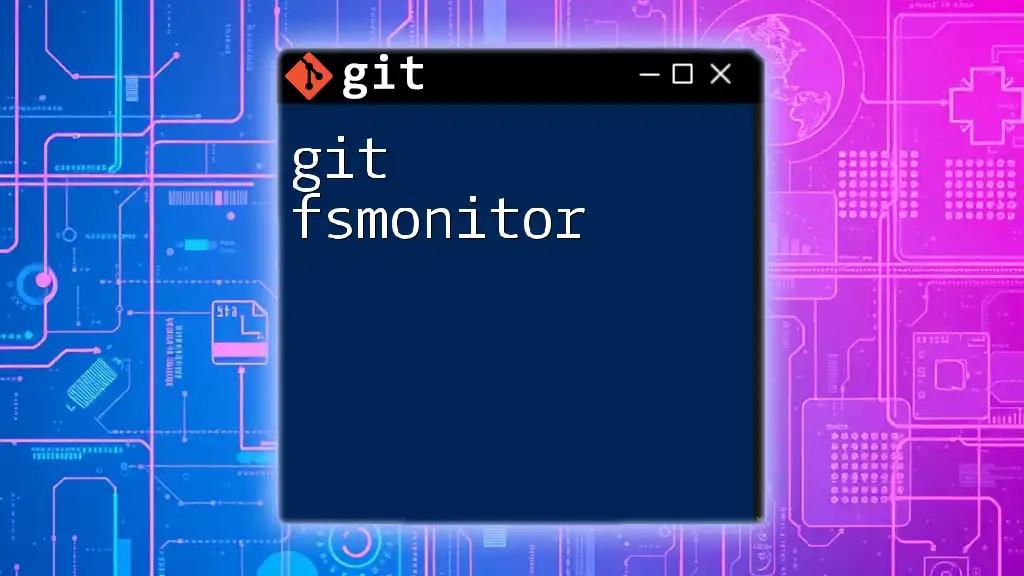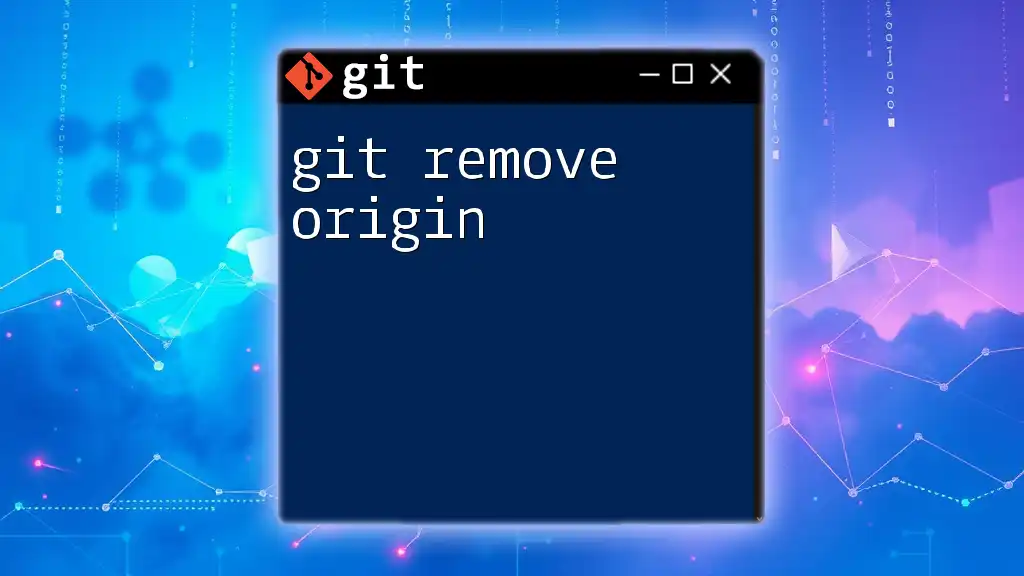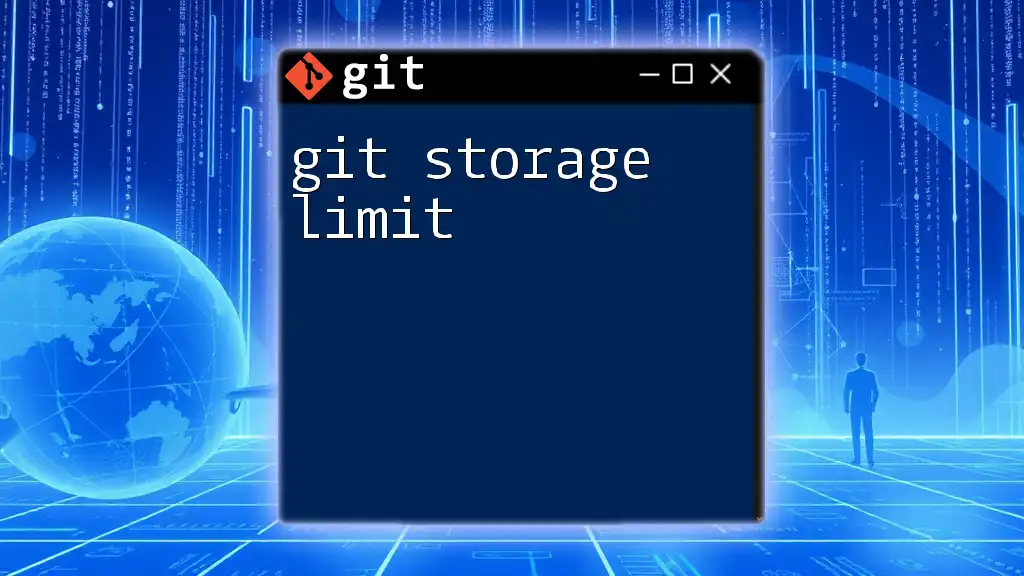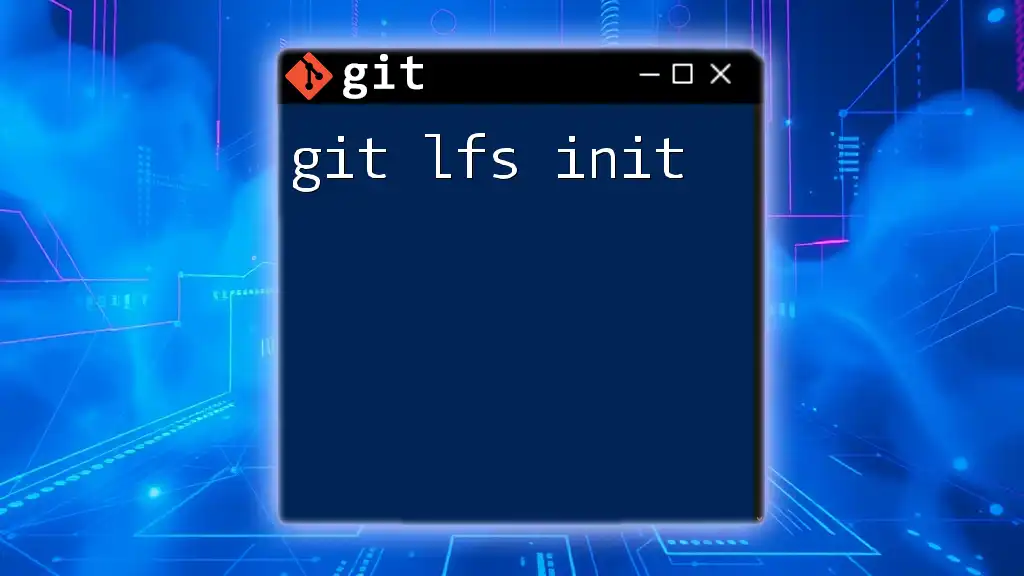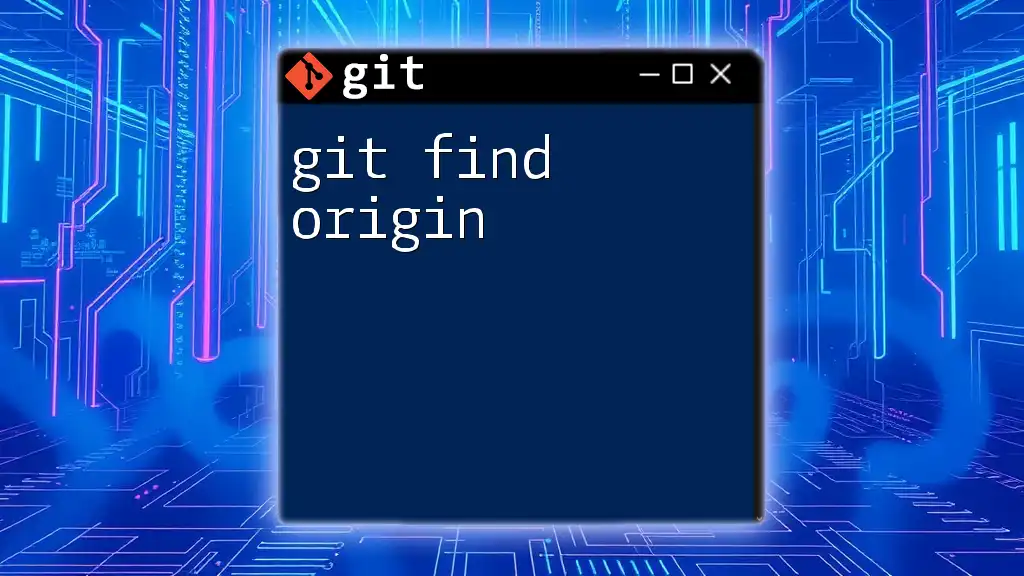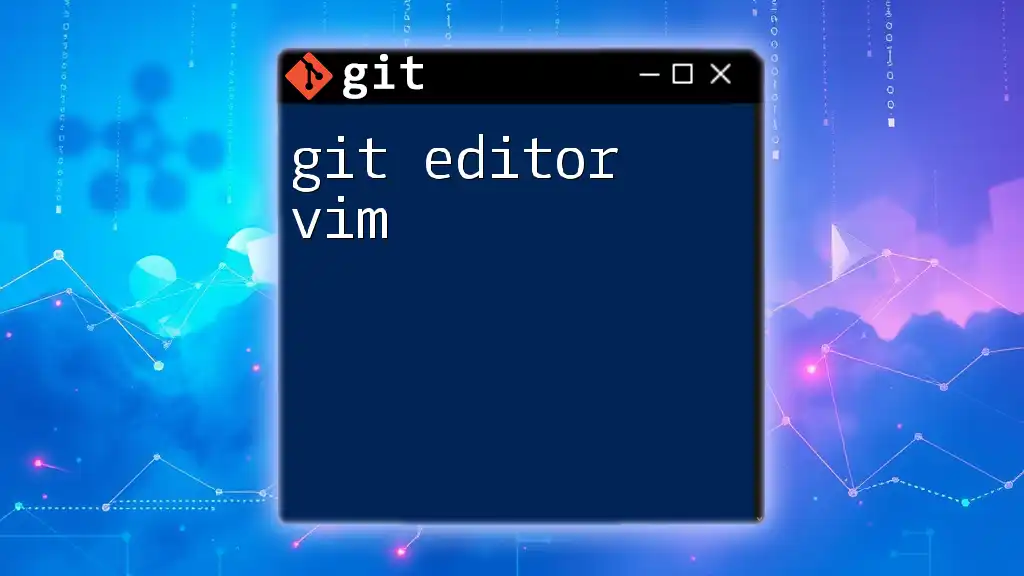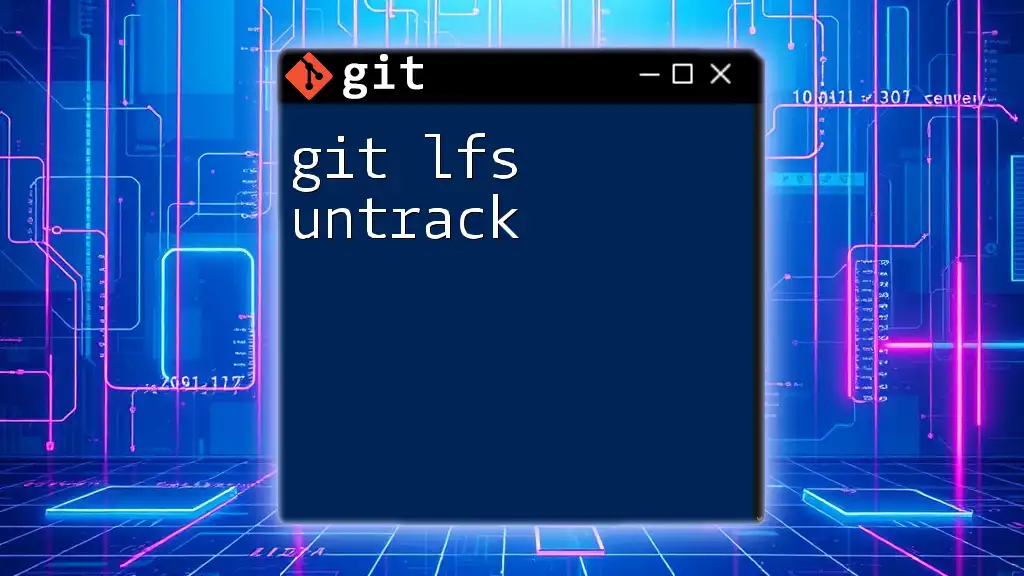`git fsmonitor` is a feature in Git that helps improve performance by monitoring changes in the working directory and caching these changes to avoid unnecessary file system checks.
Here's a markdown code snippet demonstrating how to enable fsmonitor:
git config core.fsmonitor true
Understanding the Basics of FSMonitor
What is File System Monitoring?
File system monitoring is the process of keeping track of changes made to files and directories within your operating system's file system. This capability is essential for version control systems, such as Git, because it allows them to efficiently identify which files have been modified since the last commit. By monitoring changes at the file system level, version control tools can optimize their operations, thereby enhancing performance and user experience.
How FSMonitor Works in Git
Git FSMonitor acts as a bridge between your Git repository and the file system. It uses file system notifications to determine which files have changed, allowing Git to skip checking all files during a commit. This reduces unnecessary disk I/O and speeds up operations significantly, particularly in large repositories. By maintaining an efficient tracking mechanism, FSMonitor ensures that your Git experience is smooth and responsive.

Setting Up Git FSMonitor
Prerequisites
Before you start using Git FSMonitor, ensure that your system meets the following requirements:
- Git version: Ensure you have Git 2.35 or later, as FSMonitor support was added in this version.
- Operating System: FSMonitor is primarily supported on Unix-based systems, including Linux and macOS. Windows support may require additional configurations.
Installing FSMonitor
To install FSMonitor and enable it within your Git environment, follow these steps:
- Open your terminal.
- Use the following command to set up FSMonitor:
Replace `<path_to_fsmonitor>` with the actual path to the FSMonitor executable.git config --global core.fsmonitor <path_to_fsmonitor>
After executing this command, ensure to check for common installation issues. If Git does not recognize the FSMonitor command, verify your system's PATH variable to ensure it includes the directory where FSMonitor is located.
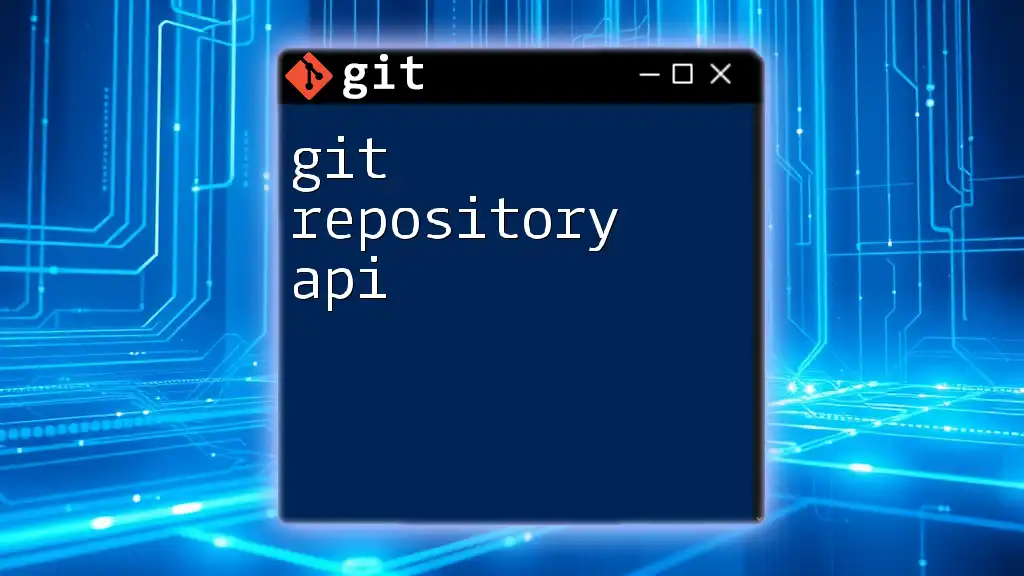
Configuring FSMonitor
Basic Configuration Settings
After installing FSMonitor, the next step involves configuring its settings. The options can be adjusted within your repository's `.git/config` file. Here’s an example configuration block:
[core]
fsmonitor=path/to/fsmonitor
Make sure to replace `path/to/fsmonitor` with the actual location of your FSMonitor tool.
Advanced Configuration Options
For advanced users, Git provides options for configuration settings, including controlling how FSMonitor operates. You can choose between daemon and non-daemon modes, each with differing performance implications.
For example, to enable the daemon mode, use the command:
git config core.fsmonitor.useDaemon true
Using daemon mode can lead to better performance as it allows FSMonitor to work in the background. However, this might consume more resources when compared to non-daemon operation, which wakes up only when necessary.
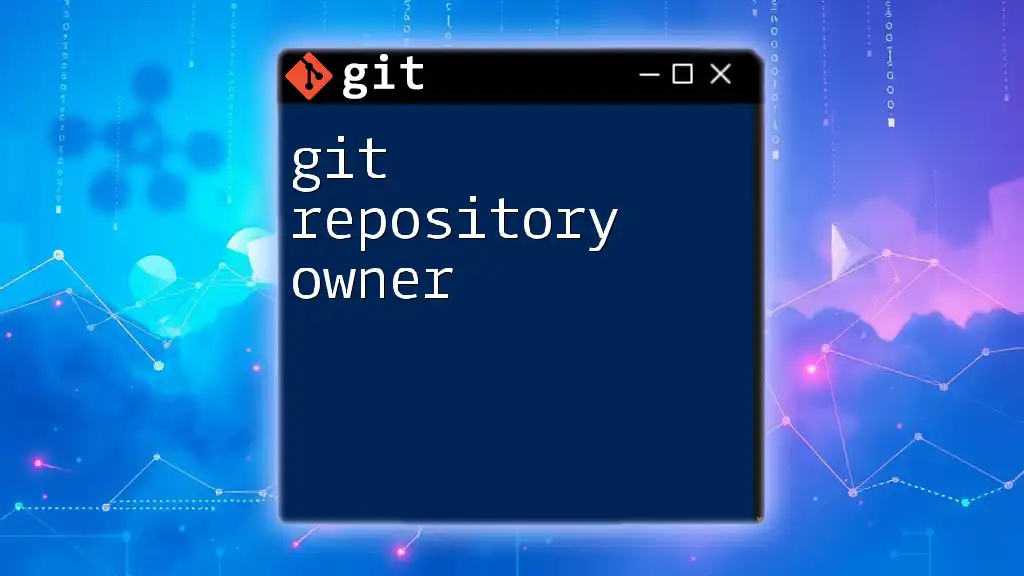
How to Use Git FSMonitor
Enabling FSMonitor in Your Repository
To activate FSMonitor in your existing repository, execute the following command:
git config core.useFsmonitor true
Running this command will enable FSMonitor, allowing it to start tracking changes effectively.
Typical Workflow with FSMonitor
Once FSMonitor is activated, your workflow will become significantly more efficient. Here’s a typical sequence you might follow:
- Modify Files: Make changes to your files as you normally would.
- Stage Changes: Stage the modified files using:
git add <file_name> - Commit Changes: Commit your changes using:
git commit -m "Your commit message"
By integrating FSMonitor, you’ll experience quicker commit times as Git no longer needs to check all files to verify which ones have changed, contributing to a more efficient and responsive workflow.

Benefits of Using Git FSMonitor
Performance Improvements
The primary benefit of using Git FSMonitor is its ability to enhance performance through reduced disk I/O operations. When working with large files or a substantial number of files, traditional methods can slow down your operations significantly. By utilizing FSMonitor, Git intelligently retrieves only the modified files, resulting in faster commits and status checks.
Enhanced Workflow Efficiency
Beyond performance, FSMonitor leads to an enhanced workflow by allowing developers to maintain focus on their tasks. When you no longer have to wait for Git to process a large volume of unmodified files, your overall productivity rises. Anecdotal evidence from developers who adopted FSMonitor suggests a marked improvement in efficiency, especially in large-scale projects with numerous contributors and changes.

Troubleshooting Common FSMonitor Issues
Common Problems
Despite its benefits, users may encounter issues when using FSMonitor. Some common problems include:
- FSMonitor not detecting file changes: This could suggest a misconfiguration.
- Slow performance: This may occur if the FSMonitor daemon encounters issues or if the system has resource limitations.
Solutions and Workarounds
For troubleshooting FSMonitor-related issues, consider these solutions:
- Revisit your configurations and ensure all paths are set correctly.
- Use the debugging command to gather more information:
git fsmonitor--debug
This command will provide insights into exactly what FSMonitor is processing at any given time, which can assist in diagnosing performance lags or operational failures.

Best Practices for Using Git FSMonitor
Regular Maintenance
Consider performing routine checks to ensure that your FSMonitor configuration remains optimal. Regular maintenance helps in identifying potential issues before they escalate, ensuring a seamless experience during development.
Keeping Your Environment Clean
Also, maintaining a clean environment is crucial. Remove unnecessary files and unused branches, as clutter can affect FSMonitor’s performance and efficiency. Implementing regular cleanup commands can also ensure that your repository remains in optimal condition.

Conclusion
Git FSMonitor is a powerful addition to your version control toolkit that significantly enhances performance and efficiency in managing file changes. By integrating FSMonitor into your daily Git practices, you can streamline your development process, giving you more time to focus on code rather than waiting on commands.
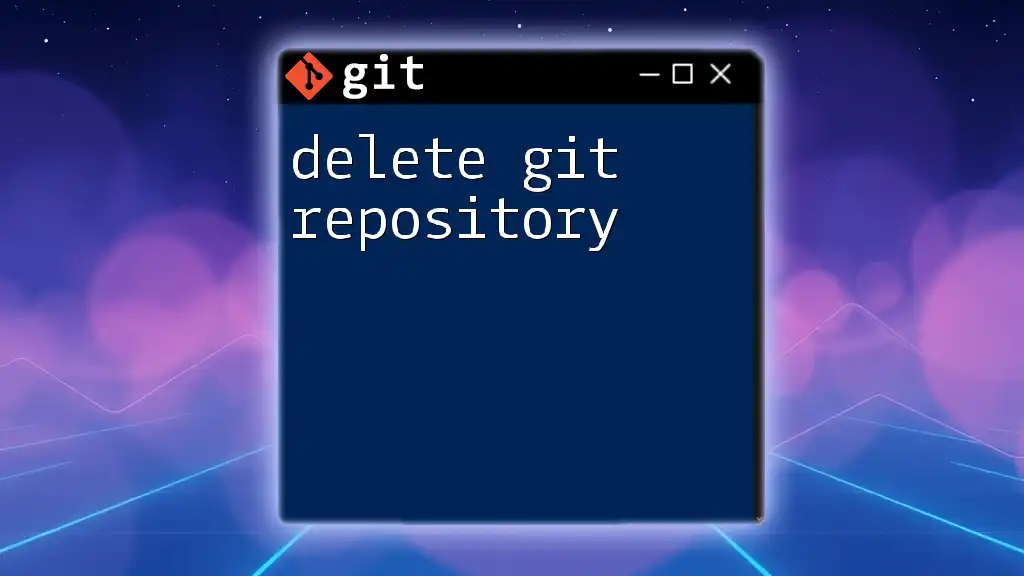
Additional Resources
For further reading, consider exploring the official Git FSMonitor documentation and discovering community discussions surrounding best practices and advanced configurations. Engage in forums to ask questions and share experiences with other developers, which can provide additional insights into utilizing Git FSMonitor effectively.
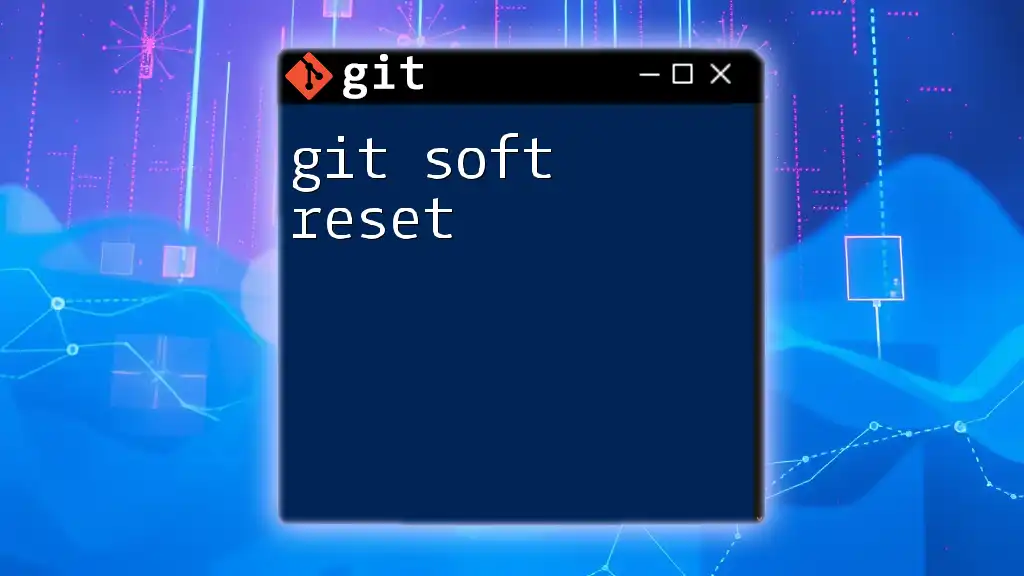
FAQs
What to Do If FSMonitor Doesn't Work?
If you find that FSMonitor is not functioning as expected, start by reviewing your configurations. Double-check that the fsmonitor executable path is accurate and that the necessary configurations in your `.git/config` file are properly set.
Is FSMonitor Supported on All Platforms?
Currently, FSMonitor has robust support on Unix-based systems like Linux and macOS. While it may work on Windows, additional configurations might be necessary. Always refer to the latest documentation for updates on compatibility across platforms.

